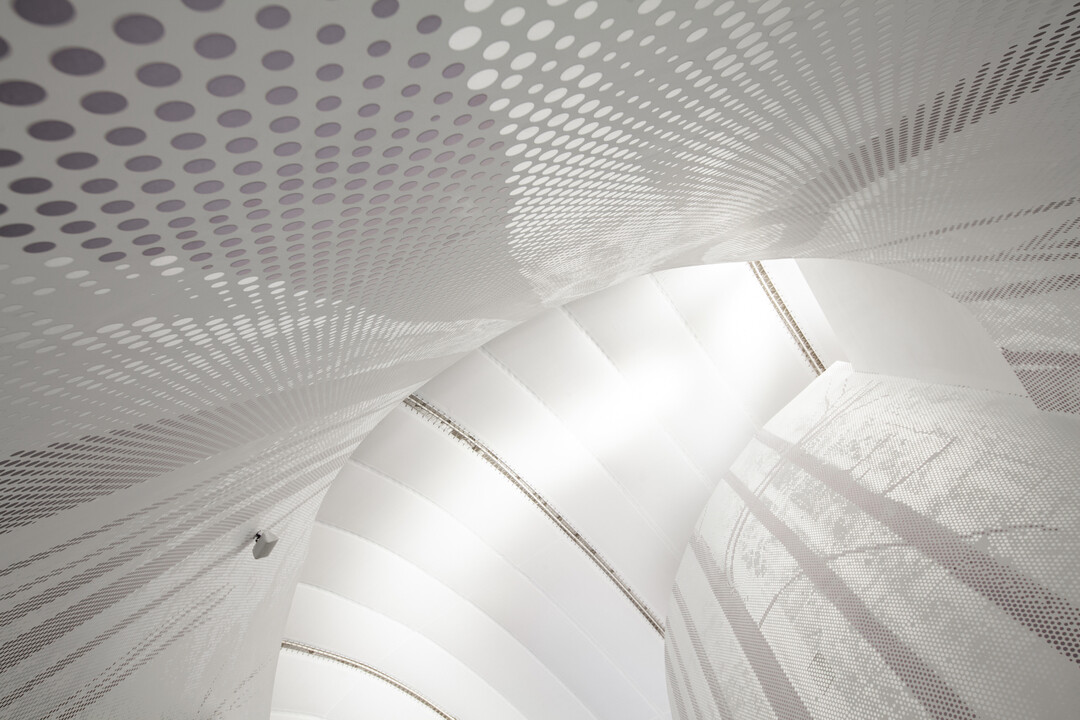
Members Only
Please join as a member and click "Members Only" to read more complete articles and exclusive content.

Please join as a member and click "Members Only" to read more complete articles and exclusive content.
濟州日落風情的咖啡味
濟州島乘載著人們嚮往自然的想像,無垠的水光山景,純樸的鳥獸魚蝦,Kim Doo-ri與李恩恕(Lee Eun-seo)被這樣的環境深深吸引,兩人曾經在城市中追尋夢想,直到Doo-ri健康亮起警訊,開始質疑過去的青春是否白付,因此決定拋下一切移居至濟州島,並且開始營運咖啡廳OCASO。
這間位於濟州島朝天邑的咖啡廳 OCASO 改造自一間理髮店,從陳舊的空間變成融合現代與復古的樣貌,全都出自於 Doo-ri 之手,他曾經在一家室內設計公司工作,認為保有現存的架構進行再創造,比創造一個全新的空間更困難。屋子建造於 1940 年代,舊時的建築結構饒富趣味,韓屋的木造橫梁在室內抬頭可見,設計時盡可能保留屋子的原始外觀,以及不完全抹去舊痕跡,只做了牆壁粉刷並更換地板,修復使用起來不方便的部分。 韓國的傳統木建築每隔一段距離便有梁柱支撐,創造了動線的複雜性,在這個凡事都求快速便利的時代,有的人或許會覺得不便,但 Doo-ri 認為這樣的不便反而很有趣味。此外,屋內還有許多隔間的門框,能明顯感受到從一個空間移動到另一個空間,也利用這樣的優勢去營造不同的空間氛圍。
室內最讓人眼睛為之一亮的是「色彩」,使用了許多橙色、藍色、綠色呈現強烈的視覺感。Doo-ri認為濟州島是人與自然共存的地方,這裡讓他學習到很多事物,所以他只想簡單的投射出OCASO原本該有的樣貌,運用了與自然有關的顏色,將海洋、灌木叢、田野或日落時刻的色彩濃縮在這個給人溫暖與寧靜的空間中。在長型的咖啡廳中,牆壁由左到右做明暗變化,從明亮的色彩過渡到橙紅色,表達白天與黑夜並存的日落時刻,呼應「OCASO」這個來自西班牙文的詞彙,意為「日落」,命名來自Doo-ri與恩恕喜愛的濟州島夕陽。他們表示,看著夕陽每天都會有不同心情,有快樂、有孤獨,也從中獲得了許多靈感,他們期待來訪的客人都能在此享受不同的情緒。
家具的搭配傾向於將濟州島大自然的形狀和顏色投注於空間中,選擇了經典的家具如 Le Corbusier LC2沙發、Vitra Panton椅子、Artemide Tolomeo桌燈等,兩人相信這些家具長久以來受到喜愛總是有原因的,拿來搭配復古物件也很協調。他們對於新舊物件的擺放有一套自己的哲學,就像萬物自由生長而互不相擾,所有的家具並沒有一定要在哪個位置,不規則的擺放,不相干擾而已,自然而然就形成了復古與現代感的混搭狀態。 除了別具個性的空間體驗,還有視覺與味覺都引人入勝的餐飲,出自於恩恕的手藝,她嘗試減少合成添加劑的使用,顧及健康的同時也保持最佳口味。問到最推薦哪個餐點,兩人都表示很難取捨,最後推薦了「OCASO-ade」,其中使用自製的檸檬糖漿與雪酪,是花費最多時間、飽含心意的製作。
Doo-ri 與恩恕歷經了磨練與迷途,現階段決定從激烈的競爭中脫離,去尋找持續想做的事,而不是不得不做的事。「在濟州,紅色的山茶花在冬天盛開,大自然不會去問為什麼,也不會羨慕花的色彩,希望我們能像四季的花朵般綻放本色」濟州島是能讓兩人找到自己生活步調的地方,而他們也在 OCASO 敞開雙臂歡迎需要自然慰藉的人們。
KAFFEE OCASO